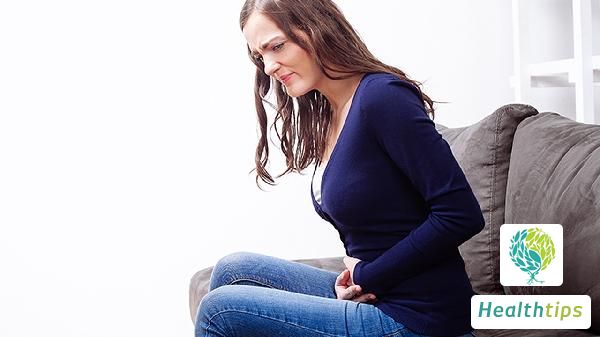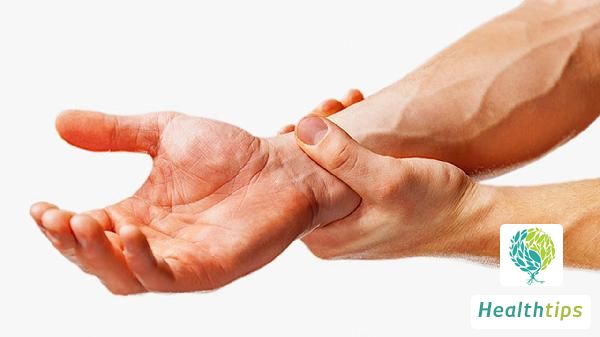"What Precautions Should Be Taken After a Stroke?"
Patients recovering from a stroke should pay attention to their diet, daily life routines, and rehabilitation exercises, as detailed below:

1. Diet:
It is recommended to follow a low-salt, low-fat diet. Long-term high sodium intake can increase blood vessel wall pressure and blood volume, leading to elevated blood pressure. Excessive fat intake can cause the formation of atherosclerotic plaques.
2. Daily Life Routines:
Maintain good living habits, avoiding adverse factors such as staying up late and excessive emotional fluctuations. Quit smoking, limit alcohol consumption, and engage in moderate exercise, but gradually increase intensity to avoid overexertion or strenuous activities that may induce arrhythmia or other complications.
3. Rehabilitation Training:
Under the guidance of a physician, functional exercises can be performed to promote the recovery of limb function. Patients can start walking as soon as their condition stabilizes, gradually returning to a normal lifestyle. Acupuncture, physical therapy, such as massaging the hand muscles on the paralyzed side or using passive traction devices to elevate the affected limb, can effectively alleviate symptoms and improve prognosis.
4. Medication:
Select appropriate antihypertensive medications based on the patient's condition to maintain blood pressure levels and prevent recurrent cerebral hemorrhage. Patients with a history of hypertension should take medication under the guidance of a professional physician and regularly monitor blood pressure changes. If symptoms such as headache or dizziness occur, seek medical attention promptly for diagnosis and targeted treatment.
5. Other Precautions:
In daily life, actively prevent diseases, including diabetes, coronary atherosclerotic heart disease, chronic nephritis, and other underlying conditions, to avoid exacerbating the primary condition or triggering new complications.



















